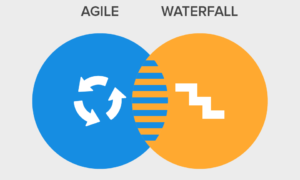Key terms
the mapping problem, mutual exclusivity, inductive bias, word single object, fast mapping, word, object, observation, cross-situational word learning, sorting, reasoning, word object, co-occurrence statistics, word referent mapping, intension model, cross-situational information, human simulation paradigm, propose-but-verify, hypothetical mapping, intentional reasoning
inductive bias, mutual exclusive bias, whole object bias, taxonomic bias, exposure, testing, meaning error, overextension, underestimation, sampling, basic level bias, superordinate, subordinate, size principle likelihood, sampling assumption, shape bias, number words learning, program induction, simplicity, hypothesis space
generalisation problem, word meaning, rational constructivism, Bayes Rule, program induction
Key linkage
- the data are never sufficient logically to eliminate all completing hypotheses.
- We can combine our knowledge about the environment, inductive biases and learning to model how children acquire word meanings by construction. This approach is called Rational Constructivism.
Equation or Formula
- size principle likelihood: $P(d|h)=\frac{1}{|h|}$





